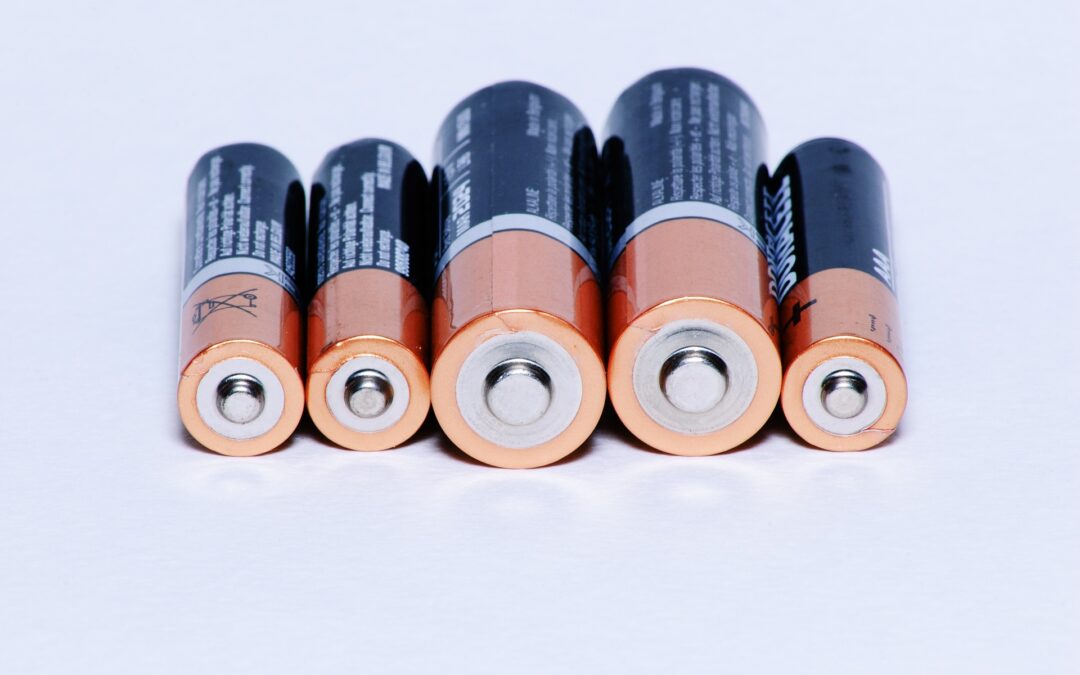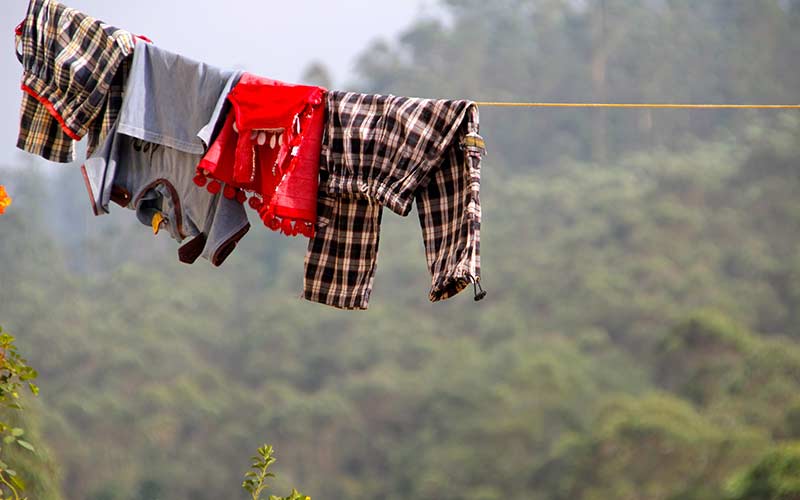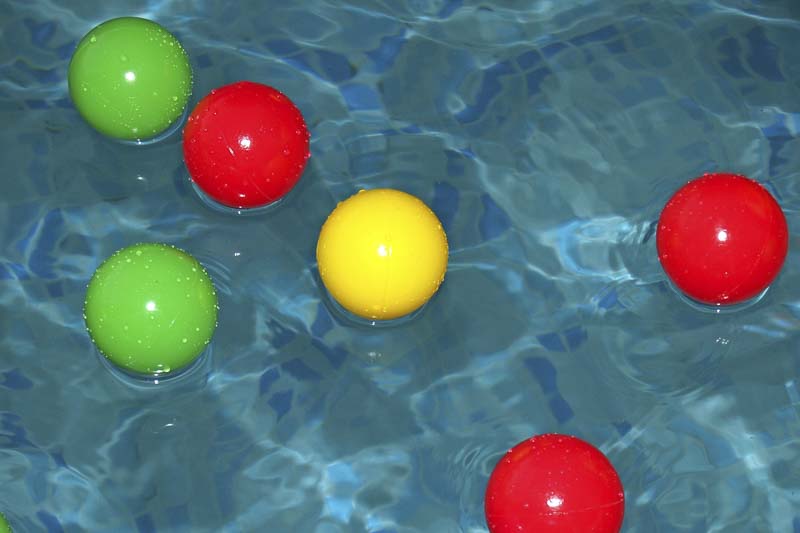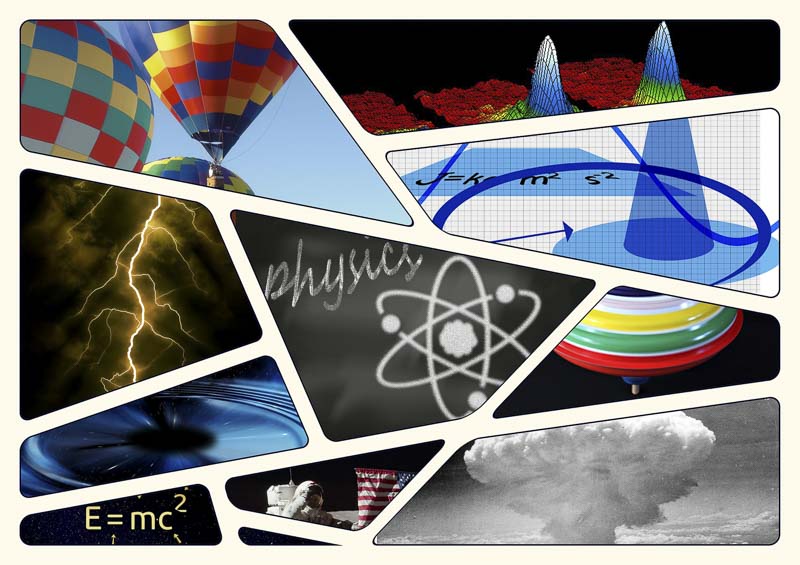Hovercrafts are unique because they can glide over any flat surface. They’re called amphibious because they operate on both land and water. Hovercrafts move by riding on cushions of air. The air cushion is created by fans in the rear of the vehicle.
A “skirt” underneath the hovercraft traps the air, causing the hovercraft to rise. Fans (and an engine) push the vehicle forward. Hovercrafts can go places normal cars, trucks, and boats can’t, including dangerous and hard-to-reach places like frozen fields (tundra), swamps, and fast-moving rivers. The military, search and rescue teams, explorers, tour guides, and land surveyors, among others use hovercrafts.
In the project below, you’ll make a hovercraft using a balloon instead of a fan. The air from the balloon creates the cushion needed for the hovercraft to glide.
Build a Balloon Hovercraft
What You Need:
- One compact disc (blank or otherwise)
- One pop-top cap from a water bottle or dish soap bottle
- One balloon
- Hot glue gun
What You Do:
1. Use the hot glue gun to carefully glue the bottle cap over the center hole of the CD and let it set. Make sure the edges are fully sealed.
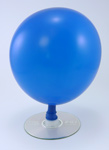
2. Push the pop-top cap closed. Blow up the balloon, then hold it so that no air escapes, but don’t tie it off. Stretch the mouth of the balloon over the bottle cap (you may need an assistant to help you do this so that you don’t lose any air from the balloon). Now adjust the balloon so that it stands up straight and centered.
3. Set the hovercraft on a hard, smooth table and open the pop-top; then nudge the device along and see what happens.
What Happened:
A hovercraft works by forcing air out beneath it, creating a cushion of air to float on. Hovercrafts usually have a “skirt” that surrounds the base to contain the air; in this project the CD is light enough that it doesn’t need a large cushion, so no skirt is necessary. The balloon acts as a pressurized gas chamber. When you open the cap, the balloon forces air out through the cap, creating a thin cushion of air beneath the CD.
As you nudged your hovercraft around, you may have noticed that it zipped along the surface like an air hockey puck. That’s because air hockey uses the same principle, with the puck floating on a layer of air. In the case of an air hockey table, the air is forced out from the table below rather than a source above like a hovercraft. Try pushing a plain CD across the table, and then your hovercraft. Do the two move differently? That’s because the thin cushion of air from the hovercraft reduces the friction between the CD and the table. Because of the reduced friction, hovercrafts can reach higher speeds.
Experiment ideas:
- Test to see if your hovercraft works differently if you open the cap only part way instead of all the way.
- Try different sizes of balloons. Does the hovercraft run longer on a larger balloon?
- Hovercrafts work best on smooth surfaces so the air can spread evenly, but experiment with yours on several different surfaces to see how it behaves. Does it work on a sidewalk or carpet?

